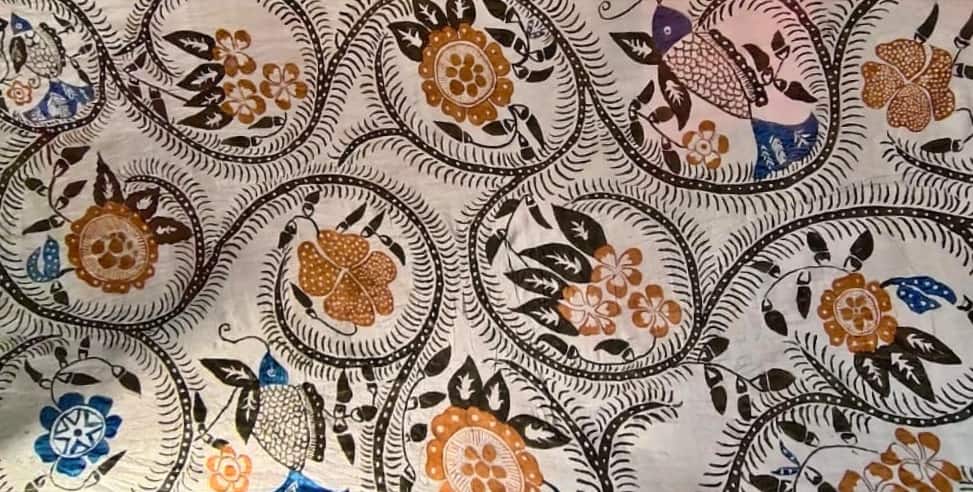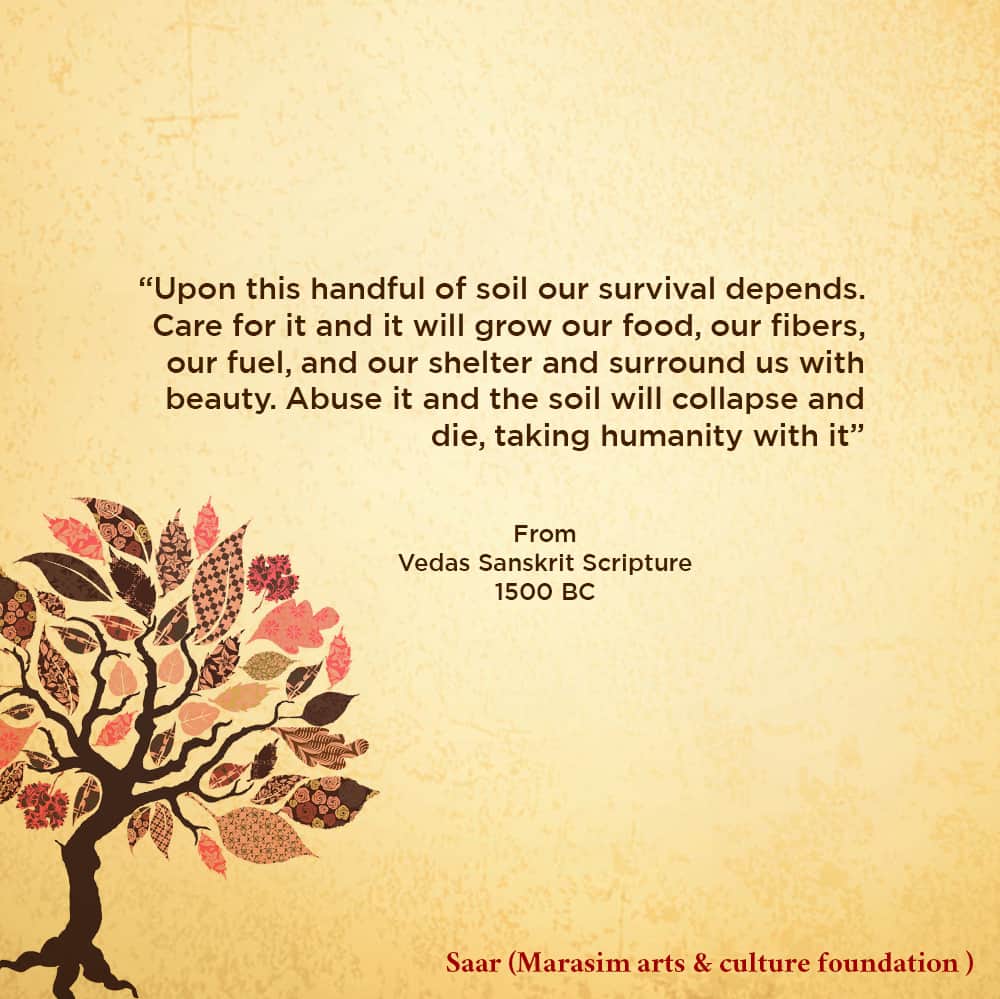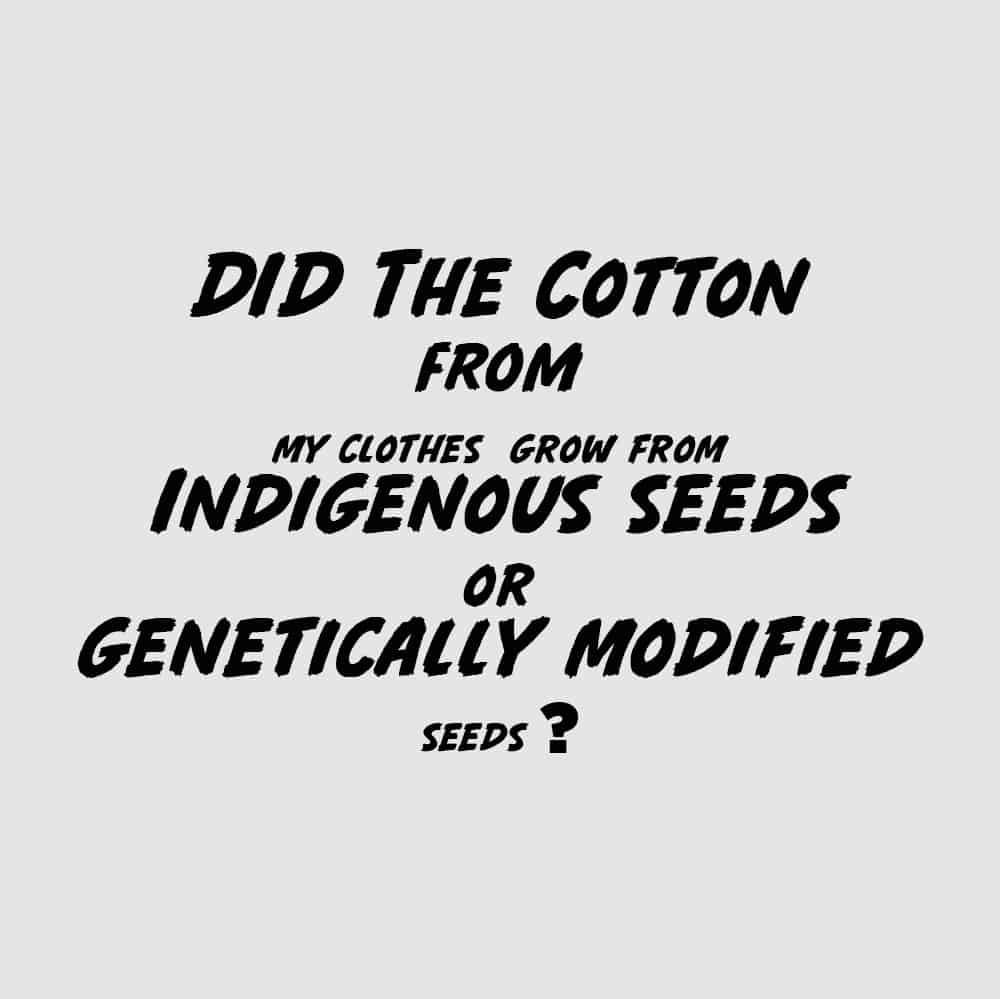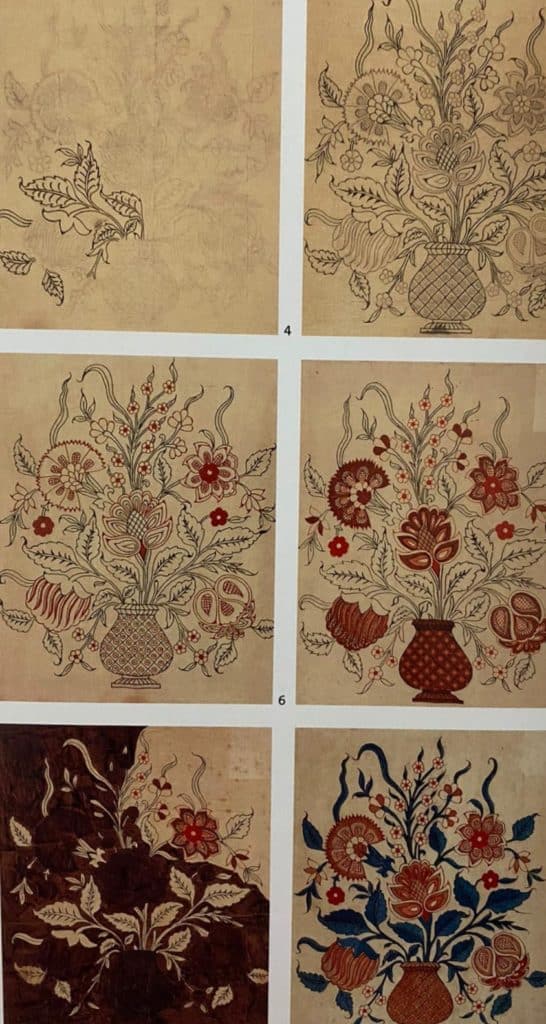MATISSE’S ART AND TEXTILES: Last week, As I was researching the works of artists who found inspiration in textiles, I came across the book ‘Matisse: His Art and His Textiles.’
Matisse had a blood association with textiles as he was born to a family of expert weavers in the French town of Le Cateau-Cambresis and brought up at Bohain-en-Vermandois in Picardy in Northern France. Since the Middle Ages, this region had been the center for manufacturing textiles- linen, wool, and silk. By the end of the nineteenth century, when Matisse was growing up, Bohain was renowned as a luxury fabric producer. – embossed and patterned velvet, tulle, voile, and above all, silk. It was second to none in supplying the top end of the Paris fashion trade.
Indian Textile Trade History: In this article, we will examine the link between Mumbai’s current urban landscape with its history in the cotton trade of India.
Mumbai, an urban city of luxurious skyscrapers and destitute slums, was built 400 years ago on seven islands. Before the European Influence, a community of fishers inhabited these seven islands. The Portuguese were the first to arrive here from Europe and strengthen their influence on the archipelago from 1534 onwards. Bombay’s fate changed when it entered the rule of British East India Company (EIC) after it was given as a dowry from Portugal to Charles II of England and consecutively came under the influence of EIC.
I discussed my recent textile-related reads with a friend when she mentioned the book ‘Indiennes – Material For A Thousand Stories“. The exhibition at the Landesmuseum Zürich published this book in conjugation with their presentation.
The name ‘Indienne’ made me curious as I have not heard of it before in relation to the calico textiles that were traded between India and Europe. I grabbed my copy right away and just finished reading it. The book examines what happened next to the beautifully printed and painted cotton story after they left the Indian shores, arrived in Europe and created a veritable storm of buying enthusiasm in Europe. (more…)

The Discovery of Indian Cotton (more…)

Maharani Gayatri Devi
“She dedicated her life to creating a subtle, but implicative, change in society, particularly with her continuous efforts for the empowerment of Indian women from the confines of the veil” -Devraaj Singh of Jaipur, Grandson of Gaytri Devi.
India became a democracy almost 70 years ago. Prior to that, the Indian subcontinent, was divided into princely states, lead by their rulers. The rulers bore various titles as Nawabs, Sultans, Rajas or Maharajas. The sartorial styles of these Kings and Queens, had a huge impact on the fashion trends of the subjects of their kingdom or even on the people of the whole country.
At the time of the British withdrawal, 565 princely states were officially recognized in the Indian subcontinent. Some of the descendants of the ruling families continue to have an influential role in the local administration or in national politics. They are venerated with titles such as kings and queens by the people of the country.
Maharani Gayatri Devi, born on 23 rd of May 1919, lived a glorious and fulfilling life
till July of 2009. She became the third Maharani of Jaipur after she got married to His Royal Highness Maharaja Sawai Man Singh.
Maharani Gayatri Devi, bestowed with the title of Rajmata of Jaipur was an epitome of style and grace and exuded an effortless, serene and royal aura around her. Her pristine beauty backed by a powerfully assertive and strong personality made her a major style icon and influencer of her times in India and around the world. She carried herself with ease and comfort and her unique sartorial choices have inspired fashion across decades. Her life was a Princess’s story albeit with its own share of upheavals.

My husband and I transition our day into relaxation and nostalgia by binge watching motion series adaptation of R. K. Narayan’s book ‘Malgudi days’ . Short stories from a small village exuding the zeitgeist of pre-independence India- reminiscent of my grandmother’s beautiful stories. In one particular episode of Malgudi days, the whole village organizes a bonfire to burn their ‘English’ clothes.. The story belongs to a time when Indian’s were encouraged to keep only ‘khadi’ or ‘khaddar’ clothes with them. It gives the audience a glimpse of the boycott movement that was adopted to fight against the imperial rule.
‘Khadi’ , a material embodiment of an ideal’
In the current situation, we are witnessing the collapse of long distant supply chains and brutal financial realities. It is time that countries adopted self reliance and economic self sufficiency that was advocated by M.K Gandhi for India. Gandhi used humble Khadi as his weapon for inspiring a revolution.

Thilak Reddy was introduced to us for the first time at the Santa Fe Folk Art Market, In spite of all of his talent and achievements, he is one of the most humble and hardworking people we have ever met.
Thilak, 32, practices the art of hand printing the fabrics using a bamboo pen and natural dyes to achieve intricate designs. He lives with his sister and mother in Srikalahasti, that has an indelible history of India’s painted and printed cotton trade with the world. Read here.
 He is a second generation Kalamkari artist after his father. Thilak started practicing this craft at a very young age and has now been working for over 20 years. After graduation, he lost his father. He had no option but to take over all his father’s projects to help put food on the table. (more…)
He is a second generation Kalamkari artist after his father. Thilak started practicing this craft at a very young age and has now been working for over 20 years. After graduation, he lost his father. He had no option but to take over all his father’s projects to help put food on the table. (more…)

Bagh Printing: Traditional Block Printing Technique from Madhya Pradesh
Block printing dates back to over 2000 years ago, during Buddha’s time. The trade of printed textiles from India flourished during the medieval age and 12th century. While the Coromandel Coast boasted of Kalamkari, the states of Gujarat and Rajasthan were built on block printed textiles. These soft intricate textiles, mostly naturally dyed, built a textile tradition that is still relevant today.
My tryst with block prints began with my mother. Seeing her wear indigo prints is what I grew up with. She wore exclusively cotton, a perfect textile for the Indian climate. The madder, indigo and mustard color of these calico textiles kept the body cool and soul happy.


The fashion industry should also adopt the concept of returning to “Earth Citizenship” and becoming a part of the Earth’s life cycles. The issue is that the fashion industry, with its long supply chains and numerous processes between idea generation and product development, lacks the time to develop an understanding of something as ancient and essential as cotton farming methods. The fashion industry generally places price above practices when it comes to most steps in the product development process.
COTTON- A CASH CROP
Until 520 years ago, the Europeans had known only linen and silk as compared to at least 5,000 years ago when Indian farmers had already started domesticating a species of tall tree cotton. And Indian weavers had already started weaving soft, washable, lightweight cotton that held colors well.
The start of Painted and Printed Cotton trade with Europe
By the time, the first European ships arrived in India in the 1500s. The Indian artisans’ had already for thousands of years combined skills in weaving, painting, printing, dyeing, bleaching, and glazing cotton to embellish their superior fabrics for thousands of years. Nonetheless, after the European ships returned from India with the first few samples of the lightweight, washable, gaily colored and patterned cottons, they became a fashion sensation! These cottons were a starting point for the start of the textile trade between India and West.
It is a point of wonder that ancient Indian artisans came to master and dominate the art of making colors and mordants with the use of humble natural ingredients like rusty nails, and plant parts—such as roots, seeds, and powdered leaves. The durability and vibrancy of which can be justified by looking at the thousands of years old specimens of larger than life hand painted or printed Indian cottons displayed at the best museums around the world.




